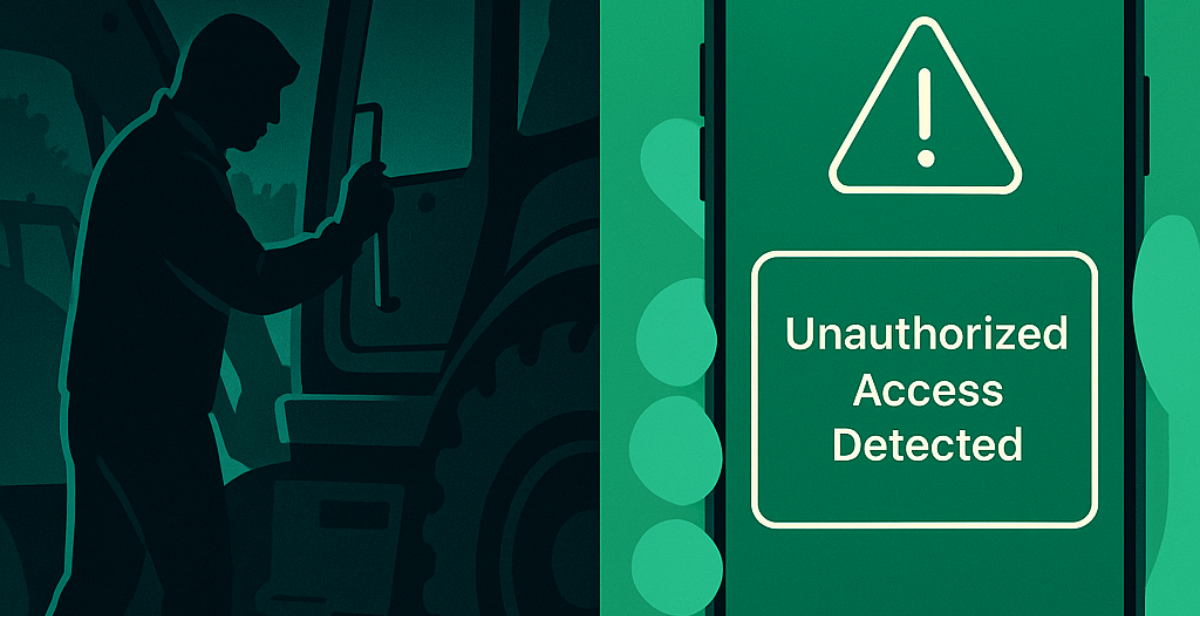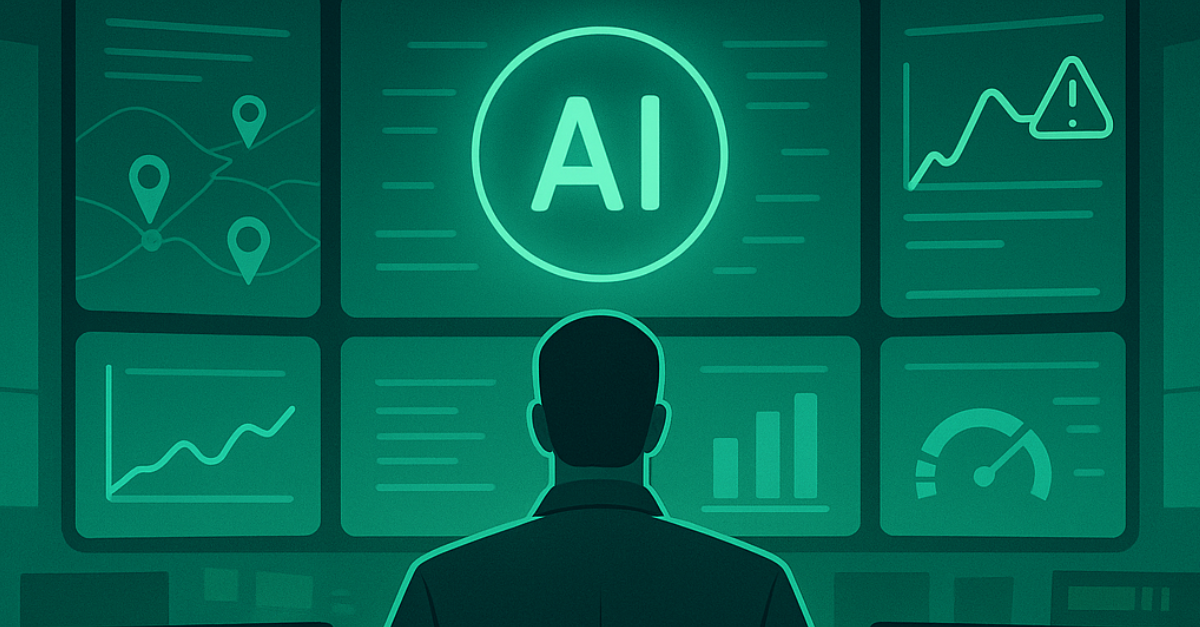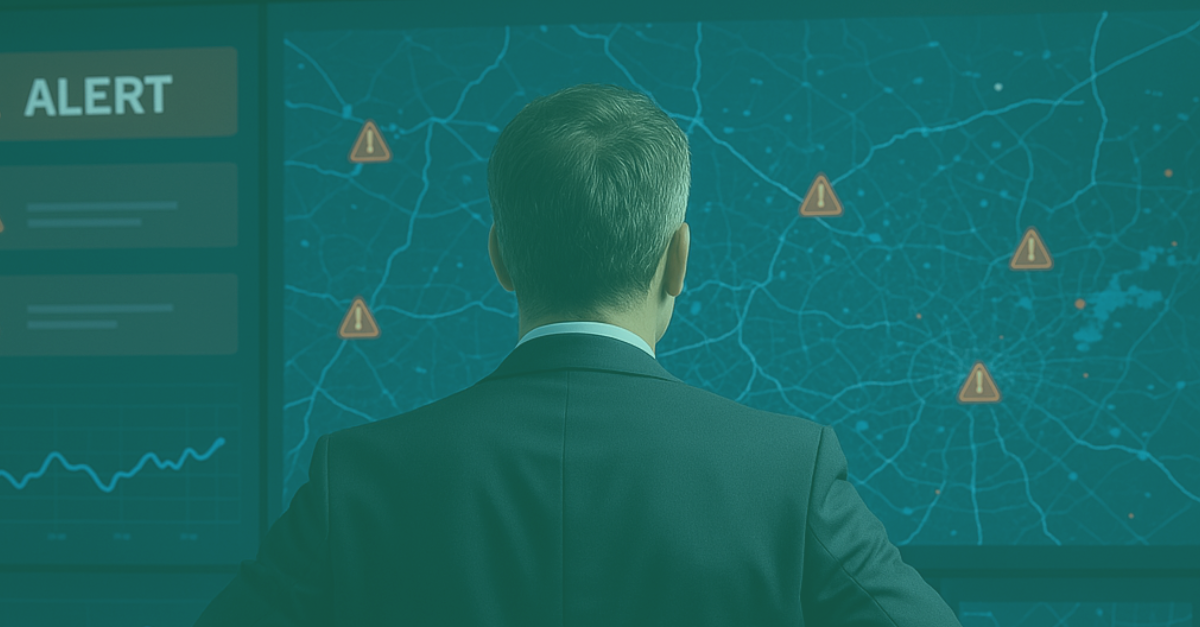The world businesses operate in today is more volatile than ever. Supply chains are stretched thin, natural disasters strike without warning, and theft and vandalism continue to rise. Organizations that once believed they could weather disruptions with traditional methods are learning the hard way that being reactive is no longer enough. Every minute of lost visibility or delayed response can turn a manageable situation into a costly disaster. This is where remote and real-time asset monitoring becomes more than a tool for daily efficiency. It becomes a vital line of defense in crisis and disaster preparedness.
For many companies, asset tracking has historically been about locating equipment, vehicles, or inventory. While that remains critical, the landscape has shifted. Businesses now face questions that go far beyond “Where is it?” They need to know, in the moment, whether assets are safe, whether they have been moved or tampered with, whether they can still perform their intended function, and whether they are vulnerable to environmental conditions that could damage them. Real-time asset monitoring answers these questions and provides organizations with the intelligence to respond proactively, often before a crisis spirals out of control.
The Cost of Being Unprepared
The cost of being unprepared cannot be overstated. When a storm floods a warehouse, when a shipment of equipment disappears from a job site, or when a delivery truck goes off route during a supply chain disruption, the financial losses accumulate quickly. There are the direct costs of replacement, the insurance claims, and the time spent reconciling the incident. But there are also the hidden costs: reputational damage, the erosion of customer trust, the loss of contracts, and even the risk to employee safety. Organizations that cannot demonstrate resilience in the face of disruption are increasingly viewed as unreliable partners. Customers and stakeholders expect companies to not only deliver when things go smoothly, but to continue delivering when conditions are at their worst.
Shifting from Reactive to Proactive
The difference between reactive and proactive organizations lies in how they manage uncertainty. A reactive organization waits for something to break, disappear, or fail before taking action. A proactive organization leverages real-time asset monitoring to gain early warning signals, adapt in the moment, and reduce downtime. The proactive mindset shifts crisis management from scrambling after the fact to anticipating problems and mitigating them in real time. In today’s environment, that shift is no longer optional. It is a competitive necessity.

How Real-Time Monitoring Strengthens Crisis Response
Consider natural disasters. A hurricane or wildfire does not wait for a convenient time to strike. Real-time monitoring allows businesses to receive alerts when assets are in danger, whether from rising water levels, rapid temperature changes, or sudden movement indicating forced relocation. With that data, they can secure equipment, relocate resources, or at minimum prepare for recovery with documentation in hand.
For theft and vandalism, asset monitoring provides immediate notification when unauthorized access occurs. An alert about a container door opening at two in the morning gives a company the chance to respond while there is still time to intervene. In supply chain disruptions, visibility is everything. If a shipment goes off course, companies need to know instantly so they can reroute, reallocate inventory, or communicate with customers to prevent further breakdowns in service. Even workplace safety incidents benefit from proactive monitoring, where equipment misuse or hazardous conditions can be flagged before they endanger people.
The Capabilities That Matter Most
In extreme conditions, not all monitoring solutions are created equal. Businesses need systems that continue functioning even when networks fail or power is unstable. Redundancy and failover capability ensure that critical data keeps flowing when it matters most. Real-time alerts delivered across multiple channels reduce the risk of missing an urgent notification. Visibility across the entire asset chain means no blind spots, whether equipment is in transit, on-site, or sitting idle in storage. Equally important, historical data collected during a crisis provides the proof required for insurance claims, regulatory compliance, and customer reconciliation. In many cases, having verifiable data becomes the difference between a drawn-out dispute and a swift resolution.
Resilience as Competitive Advantage
Preparedness is not only about risk mitigation. It is also about competitive advantage. In a crowded marketplace, resilience can set companies apart. Customers remember which suppliers continued delivering even when others went dark. Insurance companies and regulators reward organizations that demonstrate preparedness and continuity. Investors and partners see resilience as a marker of strong management and long-term stability. Real-time asset monitoring positions companies as leaders not just in efficiency, but in reliability under pressure.
Addressing Common Objections
Of course, barriers to adoption remain. Many decision makers view real-time asset monitoring as expensive or too complex. Others believe that because they have not faced a disaster in the past, they are unlikely to need it in the future. Both perspectives are shortsighted. The cost of inaction is almost always higher than the cost of implementing a monitoring system. Modern solutions are increasingly simple to deploy and scale, with flexible options to start small and expand as needs evolve. Disasters are not hypothetical. They are becoming more frequent and more severe, from supply chain shocks to climate-related events. The question is not whether disruption will strike, but when, and whether an organization will be ready to respond.

The Future of Crisis-Ready Monitoring
Looking ahead, the future of crisis-ready monitoring is even more sophisticated. Artificial intelligence will enable predictive models that go beyond alerts, suggesting corrective actions before a problem even occurs. Integration with emergency response systems will make monitoring data actionable not only for companies but for first responders and public safety organizations. Autonomous monitoring will reduce human error by triggering automated shutdowns, alerts, or rerouting instructions when conditions cross critical thresholds. Industry standards around resilience and disaster preparedness may even emerge, making proactive monitoring a requirement rather than an option.
Time to Rethink Preparedness
The lesson is clear. Organizations that continue to rely on reactive approaches are leaving themselves exposed to financial losses, reputational damage, and operational paralysis. Those that invest in proactive, real-time asset monitoring are building the resilience that customers, partners, and stakeholders demand. In an environment where the unexpected is becoming the norm, waiting until a crisis hits is a strategy destined for failure.
Now is the time to act. Real-time asset monitoring is not just about knowing where assets are. It is about ensuring that they are protected, accounted for, and ready to perform when the world is at its most unpredictable. It is about giving leaders the information they need to make fast, informed decisions. And it is about positioning businesses not only to survive disruption, but to thrive through it.
HoloTrak works with companies that understand the value of being prepared. Our solutions provide the real-time visibility, alerts, and reliability required to protect assets and maintain operations in the face of disruption. Do not wait for the next crisis to reveal the gaps in your system. Contact HoloTrak today and learn how real-time asset monitoring can transform your approach to preparedness, resilience, and long-term success.

